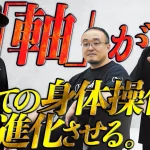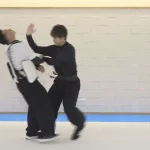[Monthly column] Worldwide Koryu Dojo Report Vol.23 Ogasawara-ryu in California, USA
Interview and text by Grigoris Miliaresis
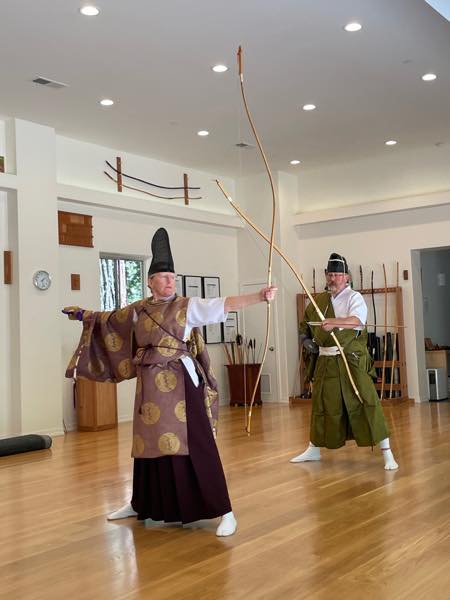
Maria Peterson and Tim Macmillan performing Omatoshiki
Again in the US, this month’s Worldwide Koryu Dojo Report visits the first branch of Ogasawara-ryu archery and etiquette outside Japan, Maria Peterson and Tim Macmillan’s Redwood Kyudojo in La Honda, California. Read how these two long-time archery practitioners came to represent Japan’s oldest and most revered armed martial tradition abroad while remaining open and gregarious.
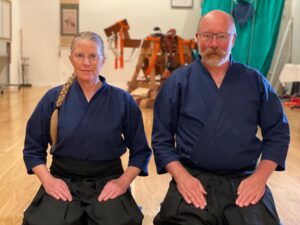 Maria Peterson and Tim Macmillan
Maria Peterson and Tim Macmillan
Name: Redwood Kyudojo
Location: La Honda, California, USA
Foundation year: 2016
Arts practiced: All Nippon Kyudo Federation kyudo, Ogasawara-ryu Kisha, Hosha, Reiho
Local affiliation: Northern California Kyudo Federation, American Kyudo Renmei
Japan affiliation (instructor/organization): International Kyudo Federation (IKYF), Ogasawara-ryu Kiyomoto Ogasawara
Instructor’s names: Maria Peterson Renshi 6th dan, President American Kyudo Renmei, Ogasawara-ryu Sanbontou Menkyo, Ogasawara-ryu America Jimukyoku
Tim Macmillan Renshi 5th dan, Ogasawara-ryu NuriMuchi Menkyo, Ogasawara-ryu Nihontsugiyubi Menkyo, Ogasawara-Ryu America Shibucho
Number of members: Redwood Kyudojo: 13 local and 16 remote, Ogasawara-ryu America: 9 local and 14 remote
Members advanced/beginners ratio: 4th dan and above: 7, under 4th dan : 22
Days of practice/week: 2 classes per week, also open for self-practice 7 days per week
Website/socialmedia/email:
http://www.redwoodkyudojo.com/
https://www.facebook.com/RedwoodKyudojo
https://instagram.com/redwoodkyudojo
1) When and how did you get involved with the classical art(s) you practice?
Maria has been practicing kyudo for 27 years. She initially trained in aikido for ten years, and when she was introduced to kyudo it became her main budo art. Maria opened Redwood Kyudojo in May 2016 with the opening Hikime ceremony performed by Kiyomoto Ogasawara. This was the first time Ogasawara-ryu performed the Hikime ceremony outside of Japan.
Tim began kyudo in 1981 in London, UK. He trained in kyudo in Japan for 5 years. In 1991 in partnership with the Nikko Toshogu shrine, Tim organized and managed a demonstration of Yabusame in Hyde Park, London, UK. This was repeated in 2001 in partnership with Ogasawara-ryu. Maria and Tim became Ogasawara-ryu menkyo holders in 2017.

Maria Peterson
2) How widespread in your country are the classical martial art you practice and the classical arts in general?
Ogasawara-ryu in Japan has about 30 branches, however, Ogasawara-Ryu America is the first overseas branch of the Ogasawara-ryu. We now have members joining from USA, Canada, Mexico and South America. Ogasawara-ryu is attractive to students of kyudo because it teaches the fundamentals of posture, breathing and movement which are central to elegant kyudo taihai and performance.
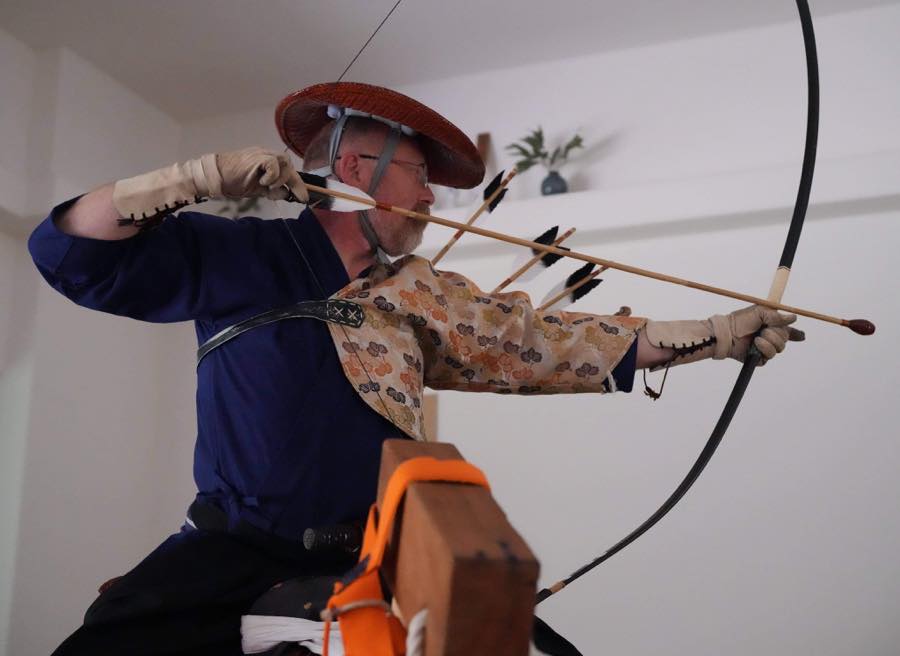
Tim Macmillan
3) Do you and the members of your group travel to Japan to practice?
Before COVID we frequently traveled to Japan for kyudo seminars, kyudo shinsa (gradings), kyudo taikai (tournaments), Ogasawara-ryu training and Ogaswara-ryu events such as Yabusame. We hope to resume visits to Japan again in 2022.
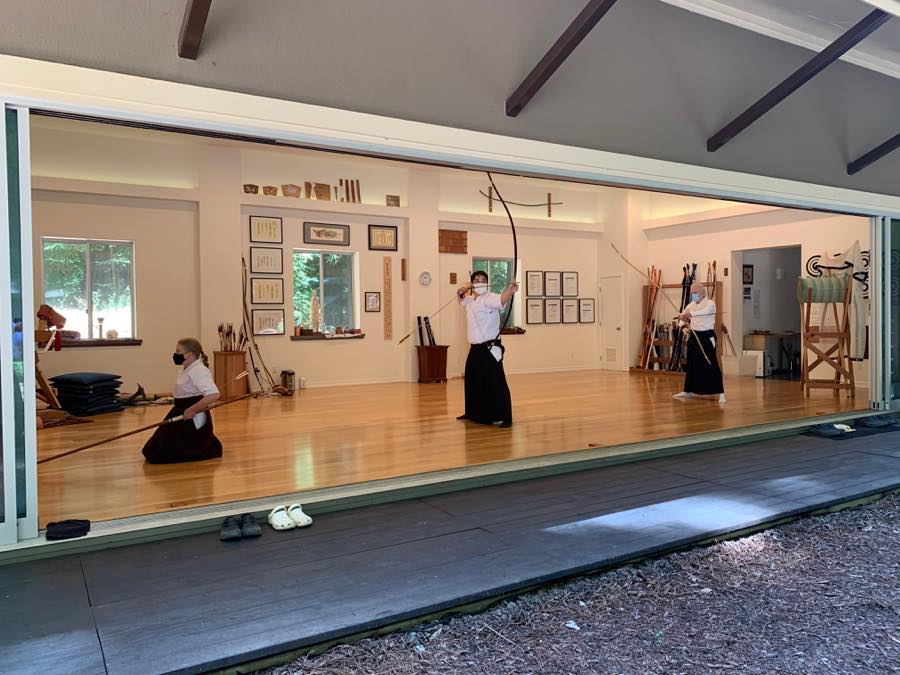
Kyudo Practice during the Covid pandemic
4) What is the biggest difficulty in practicing classical martial arts?

Sunny morning at the Redwood Kyudojo
For the USA it is the lack of traditional kyudojo, teachers, and lack of public funding for arts and sports in general. This means that a traditional kyudojo has to be built with private funding. While there are 3 other private kyudojo on the Eastern side of USA, Redwood Kyudojo in California is the only purpose-built kyudojo on the West Coast of USA. The geographic size of USA also makes travel to IKYF seminars and expensive and time-consuming.
However, because of COVID over the last 18 months, there has been a big increase in the popularity of video classes, on platforms such as Zoom. This has enabled Ogasawara-ryu to attract a very wide audience, and to reach new students all over the globe. Naturally, training in classical disciplines is not suited for everyone, but the availability of online teaching has revealed a growing interest in the classical approach.

Event day at the Redwood Kyudojo
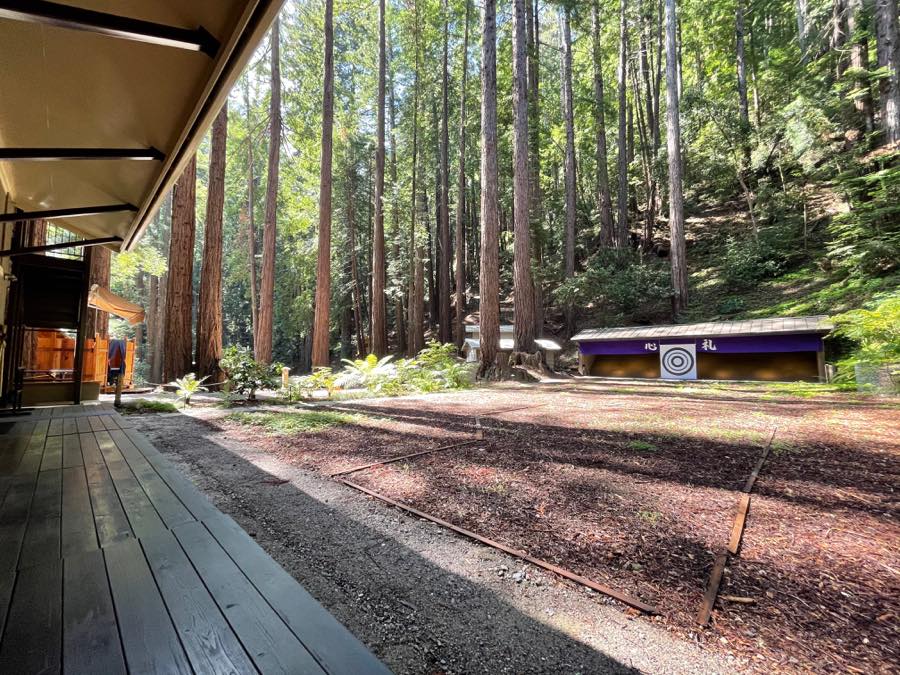
Redwood Kyudojo’s yamichi pathway with o-mato target
5) What is the difference between practicing classical and modern Japanese martial arts?
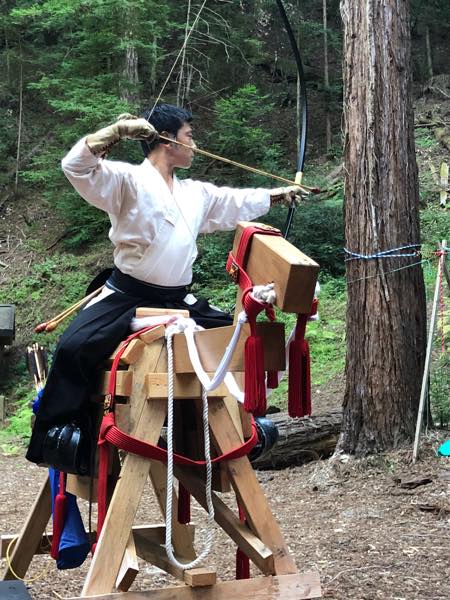
Kiyomoto Ogasawara, Kisha practice
The importance of correct breathing is included in the teaching of both modern and classical kyudo, but in the teaching of Ogasawara-ryu Reiho and Hosha the connection between breathing and motion is at the core of the discipline; movement and breath are fundamentally linked together. In modern kyudo the attire is simple; hakama, keikogi, kimono, tabi etc. For Ogasawara-ryu Hosha the attire may be different depending on the ceremony; for example, shozoku, eboshi, maezashi, or Heian Period costume etc.
6) What is your art’s strongest characteristic, historically or technically?
Kyudo is renowned for teaching of mind and body harmony. The archer has no opponent, only themselves, if they fail it is because of their own shortcomings. In this way, kyudo is regarded as a
difficult art to master. However, Ogasawara-ryu Kisha, Hosha and Reiho have deep cultural significance in Japan; ceremonies such as Yabusame have been performed continuously for more than 800 years. The teaching of these arts has also been continuously maintained over this period of time, so the Ogasawara-ryu is an important repository of classical knowledge and cultural heritage.

Kiyomoto Ogasawara, Reiho class
7) What is the benefit of practicing classical martial arts in the 21st century- especially for someone who isn’t Japanese?
Classical training is becoming more popular and inspirational for a young generation of kyudoka. They are interested in aspects of graceful motion, refined etiquette, and a deeper understanding of the art. Because of the demands of the modern hectic lifestyle, they are seeking instruction which will help them develop a calm and powerful center. Even more so than modern kyudo, Ogasawara-ryu believe that students should strive to become people of high principles, morals and leadership.
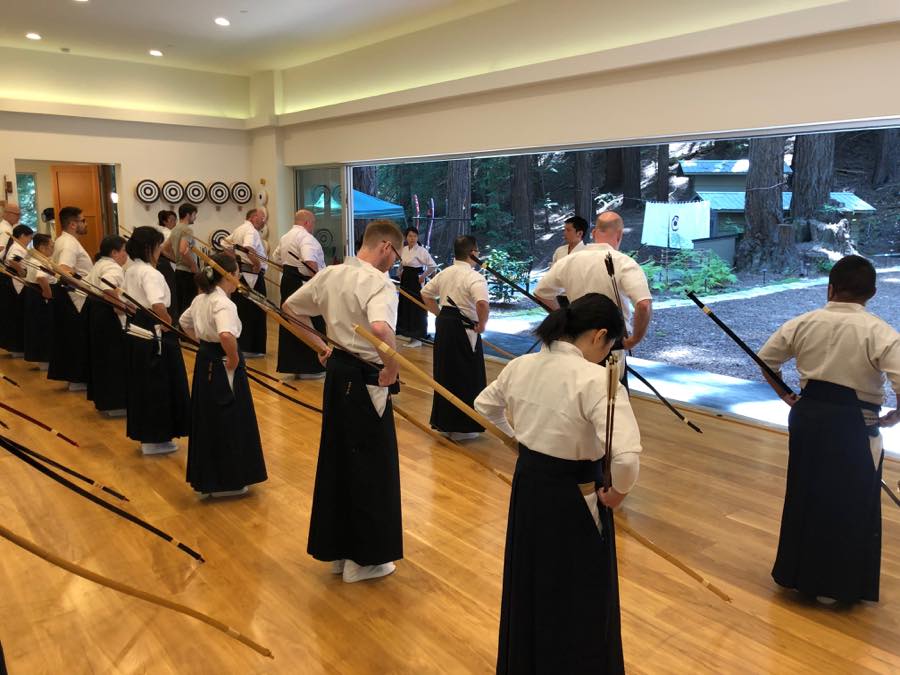
Kiyomoto Ogasawara, Hosha seminar
8) Is there a Japanese community in your city? Do you have any connections to them and to other aspects of Japanese culture?
There are several Japanese communities in San Francisco and The Bay area. We often provide demonstrations of kyudo at Japanese local matsuri and other cultural events.

Maria Peterson, kyudo class





